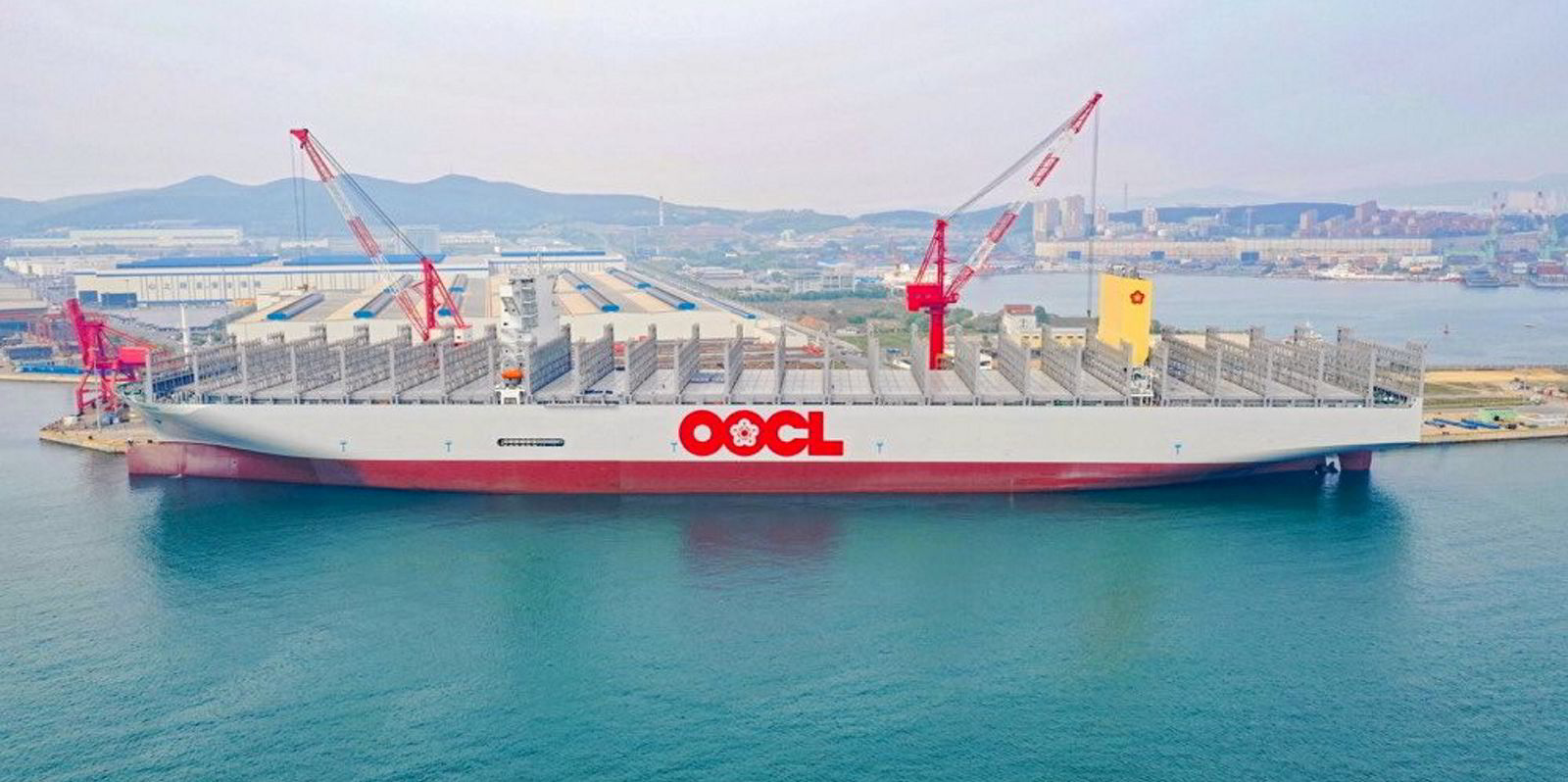Long-term container freight rates have logged their biggest ever monthly drop.
The contracted cost of shipping containers dived 27.5% in May in the largest ever monthly fall recorded on the by Xeneta’s Shipping Index (XSI).
The drop followed a massive monthly fall of 40% in the value of long-term rates to the US market.
And while it marks the ninth consecutive month of rates drops, the latest fall is deemed exceptional.
“Monthly declines have become the ‘new normal’ at present, but this is a collapse,” said Patrik Berglund, CEO of Oslo-based Xeneta.
“If industry observers were left wondering just how bad it could get for carriers after the 10% fall in long-term rates seen in April, here’s the answer,” he said.
Long-term rates have weathered the fall in the market better than spot rates, which have been declining for several months on east-west trades.
But May marks the point when existing 12-month contracts in the US come to a conclusion and new agreements are signed.
These new agreements “reflect the reality of today’s subdued markets”, so are signed at lower rates, says Berglund.
No avail
Long-term rates are down 42% year-on-year, in what is their first year-on-year fall since late 2020.
That was impacted by 40.6% month-on-month decline in Xeneta’s US import sub-index, which has lost 54.6% of its value since peaking in October last year.
In dollar-terms, this equates to the average contracted price of shipping containers between the Asia and the US West Coast falling by $6,140 per forty-foot equivalent unit (feu) year-on-year, marking a 76% drop.
Moreover, the short-term industry omens do not suggest a move ‘back into the black’ at any time soon, said Berglund.
“There’s very little the carriers can do to protect their precious long-term rates in this kind of climate, especially when we consider that the vessels ordered during the pandemic ‘boom’ are now starting to swell overall industry capacity,” he said.
“This is very worrying for carriers, who are working overtime to manage capacity — adjusting vessel speeds, restructuring services and blanking sailings — and all to no avail,” Berglund said.
“Those that have the greatest exposure to long-term contracts will be feeling increasing financial pain,” he added.





